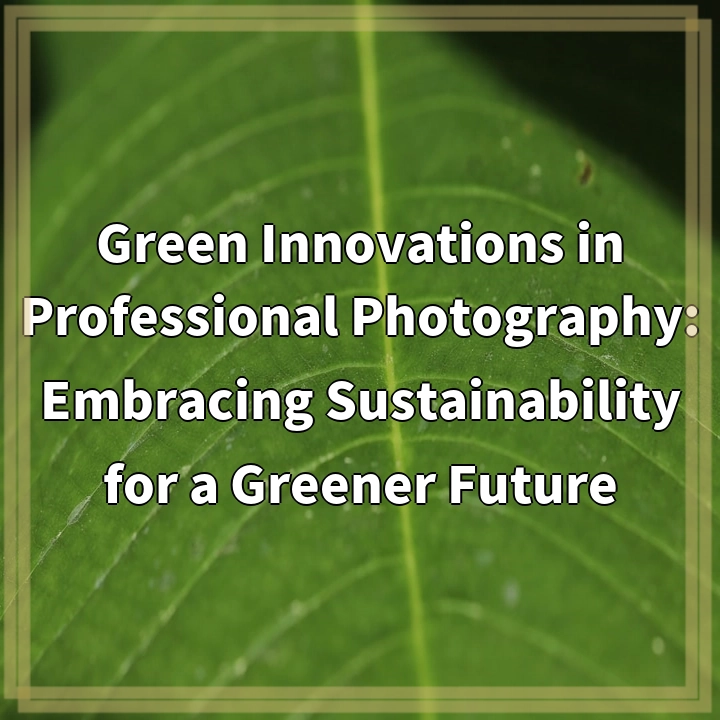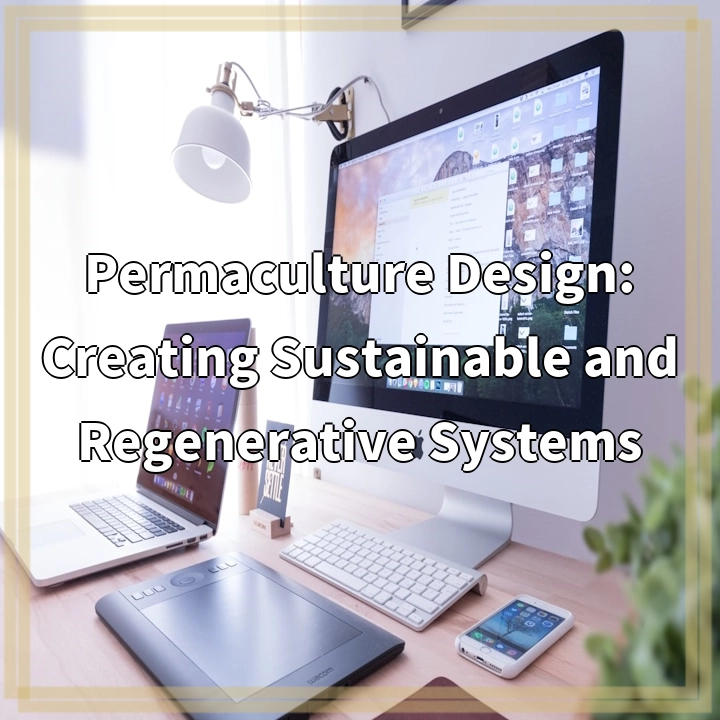
What it is:
Green innovations in professional photography refer to the adoption of environmentally friendly practices, technologies, and methodologies within the field. It involves minimizing the negative impact of photography on nature and implementing sustainable approaches to ensure a greener future.
Real-World Problems:
1. Energy Consumption: Traditional photography equipment, such as studio lights, consumes a significant amount of energy, contributing to greenhouse gas emissions. This energy wastage poses a challenge as photographers strive to reduce their carbon footprint.
2. Chemical Waste: Conventional photography processes involve the use of chemicals, such as film development solutions and printing inks, which can have harmful effects on the environment if not disposed of properly. The improper disposal of chemicals can contaminate water sources and damage ecosystems.
3. Plastic Waste: Many photography products, such as camera bodies, lenses, and accessories, are predominantly made of plastic. The disposal of old and broken equipment contributes to the growing problem of plastic waste, which has severe consequences for wildlife and ecosystems.
4. Deforestation: Photography often relies on the production of paper for prints, albums, and packaging. The demand for paper contributes to deforestation, leading to habitat loss and the release of carbon dioxide into the atmosphere.
5. E-waste: With the rapid advancement of technology, photographers frequently upgrade their equipment, leading to the disposal of older devices. Improper disposal of electronic waste, or e-waste, results in toxic materials seeping into the environment and poses a threat to human health.
6. Transportation Emissions: The need to travel for on-location shoots and assignments increases carbon emissions from vehicles. This adds to the overall environmental impact of the photography industry.

Solutions to Green Innovations in Professional Photography:
1. Energy-Efficient Equipment:
Photographers can opt for energy-efficient studio lights and equipment that consume less power. LED lights, for example, are a more sustainable alternative to traditional lighting options.
2. Eco-Friendly Materials and Processes:
By embracing digital photography and reducing reliance on chemical-based processes, photographers can minimize chemical waste. Utilizing eco-friendly inks, printing on recycled paper, and using non-toxic development solutions are sustainable choices.
3. Sustainable Packaging:
Choosing eco-friendly packaging materials, such as biodegradable or recycled materials, helps reduce plastic waste. Photographers can also encourage clients to opt for digital photo albums and online galleries instead of physical prints.
4. Responsible Paper Sourcing:
Photographers can opt for paper products that are certified as sustainable, such as those with Forest Stewardship Council (FSC) certification. Printing on recycled paper or using alternative materials, like bamboo or hemp paper, can also help reduce deforestation.
5. E-Waste Management:
Photographers should responsibly dispose of old equipment by either donating it to those in need or recycling it through certified e-waste recycling programs. This ensures that toxic materials are properly handled and reduces the environmental impact of electronic waste.
6. Sustainable Transportation:
Choosing efficient transportation methods and grouping multiple shoots in the same location can help reduce carbon emissions from travel. Additionally, exploring alternative transport options, such as electric vehicles or public transportation, can further minimize environmental impact.
By implementing these solutions, professional photographers can embrace sustainability, reduce their ecological footprint, and contribute to a greener future for the industry.















